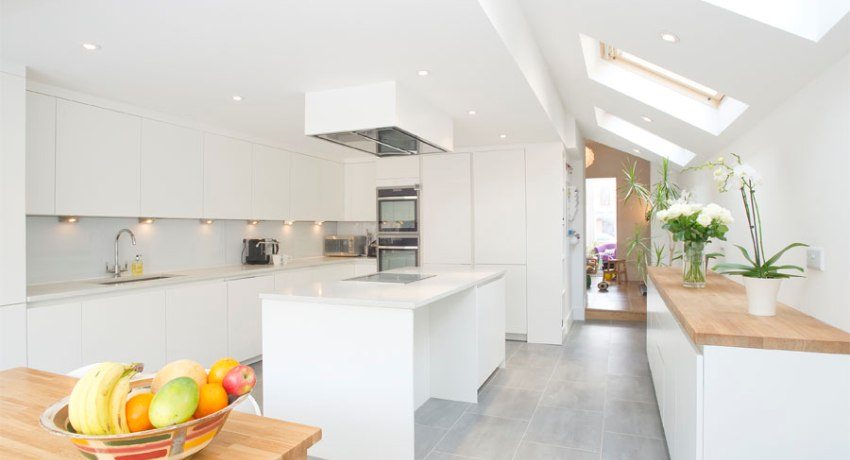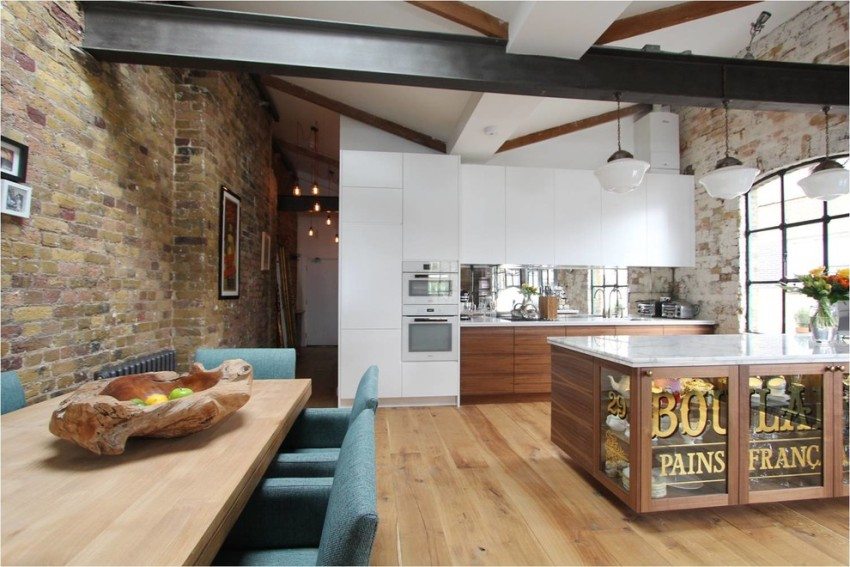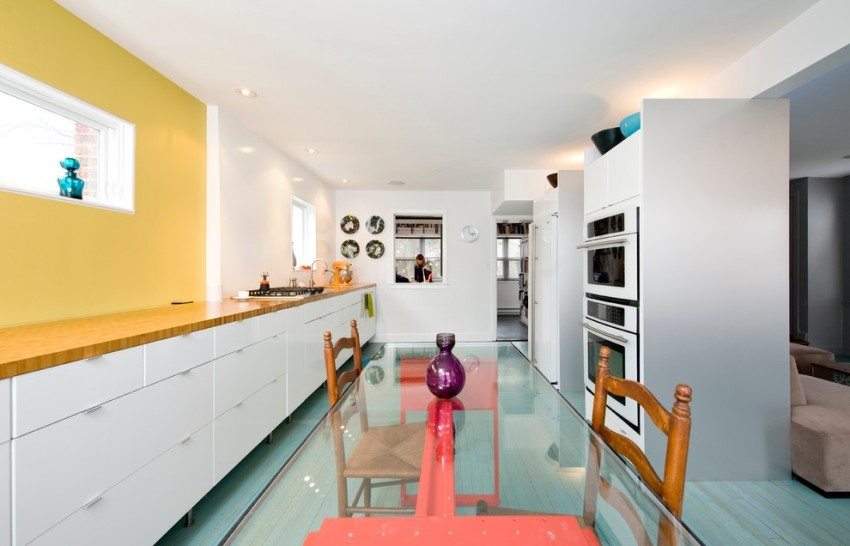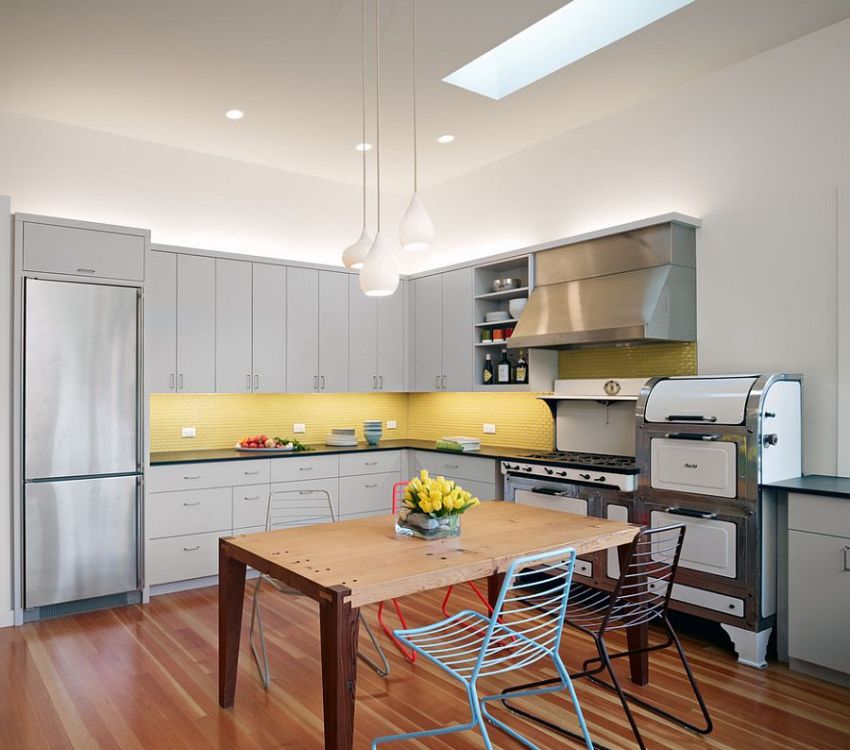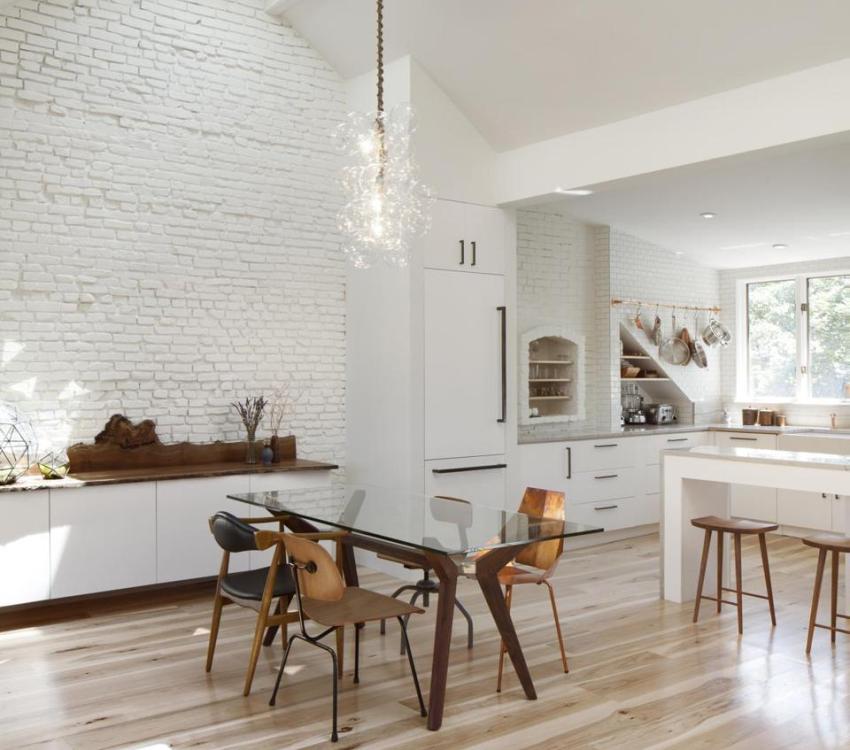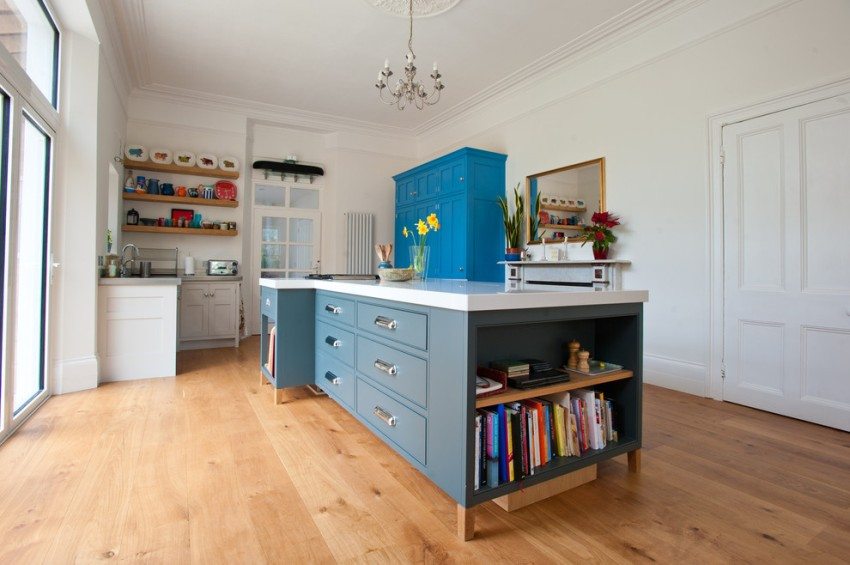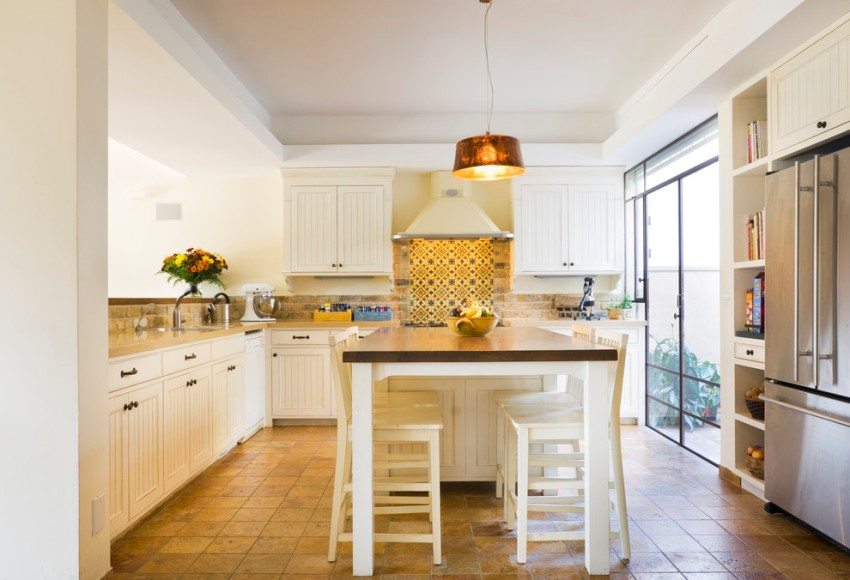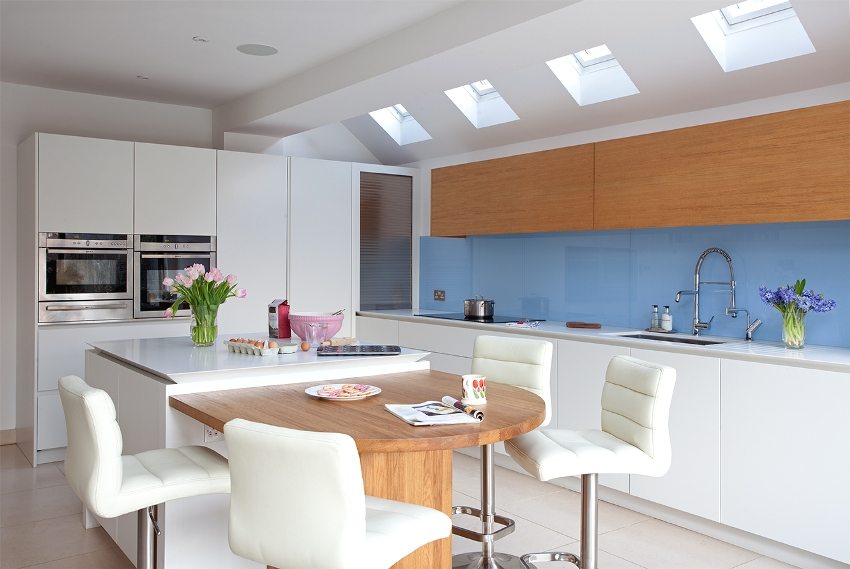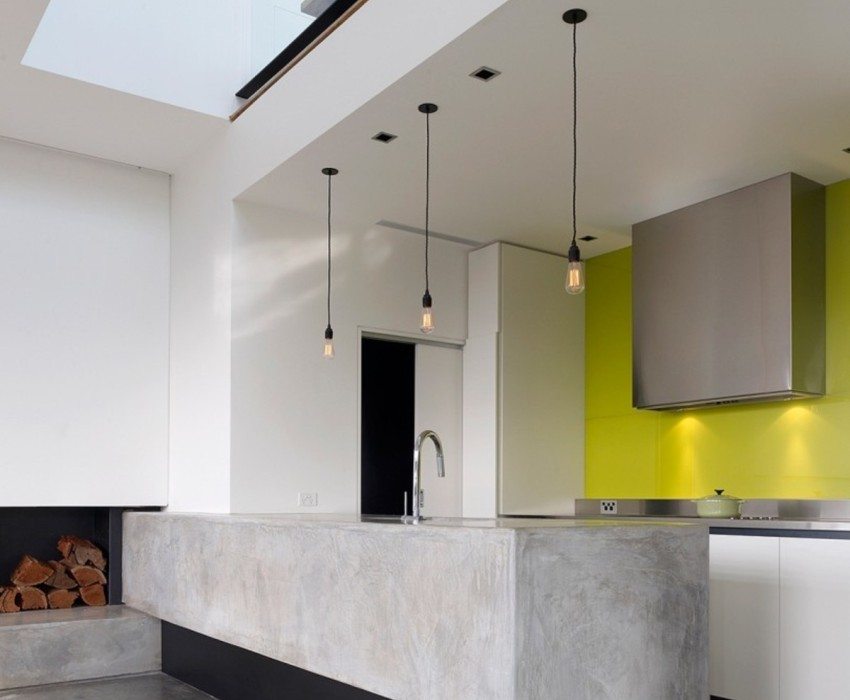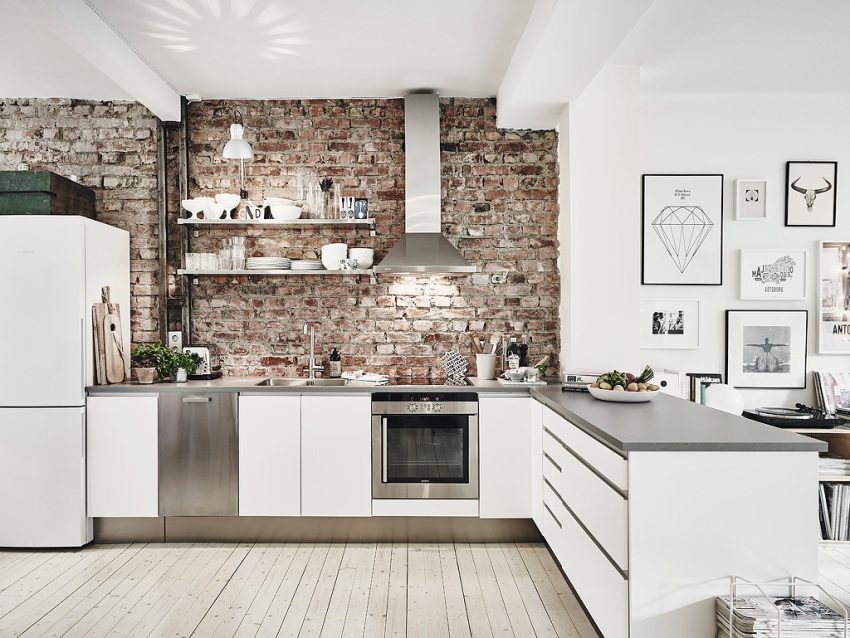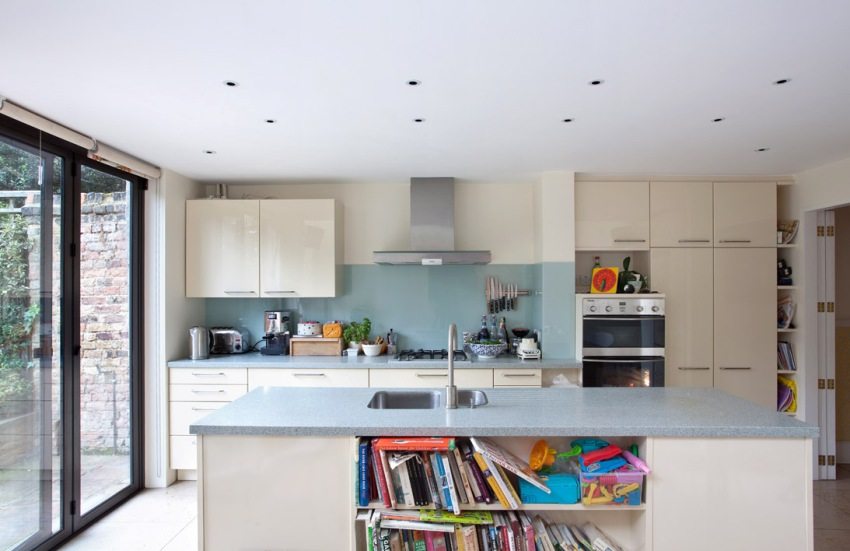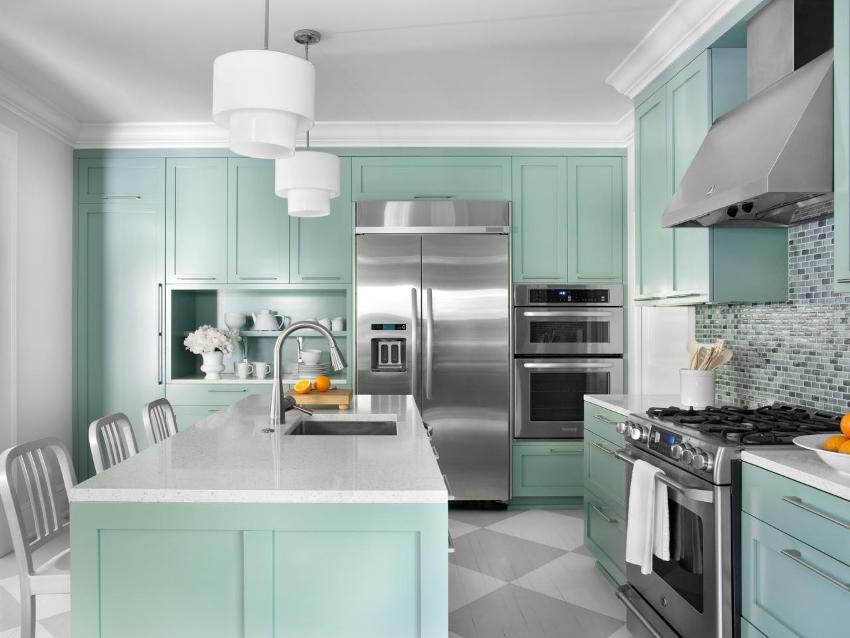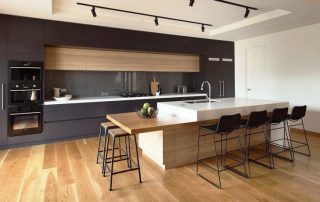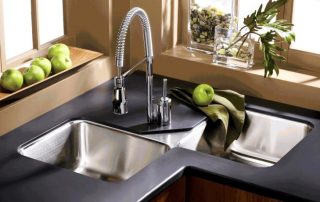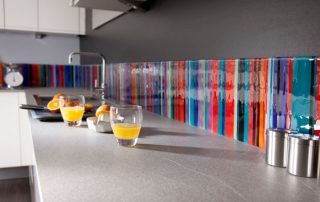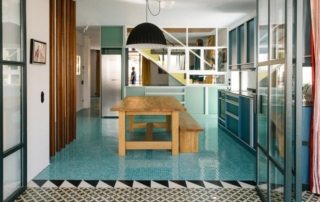There are many options for finishing the ceilings of such a specific room as a kitchen: painting, whitewashing, wallpaper, stretch canvases. However, the most popular today are designs from drywall... This is not surprising, since plasterboard ceilings for the kitchen: the photos of which are presented in the article, have undeniable advantages.
Content [Hide]
Advantages and disadvantages of plasterboard ceilings
If you ask yourself which ceilings in the kitchen are better (photos of various options can be easily found on the Internet), then plasterboard structures immediately come to mind.
Related article:
What is the best ceiling in the kitchen: photo ideas for inspiration. Versions of various styles. Criterias of choice. Types of coatings. Classic ways to decorate the ceiling. Modern suspended structures.
Advantages of plasterboard ceilings
A plasterboard suspended ceiling for the kitchen (photos on specialized sites illustrate this well) is easy to install and does not require complex preliminary surface preparation. You can install it without asking for help from professionals and with a minimum set of knowledge in the field of repair. However, when installing multi-level plasterboard ceilings for the kitchen (photos on the Internet will help you make your choice), you should use the help of an experienced builder.
Plasterboard ceilings allow, in the shortest possible time and without much effort, to give the kitchen interior a modern and spectacular look, to hide irregularities, ventilation pipes, thermal insulation materials, electrical wiring and wiring of communications.
A photo of a plasterboard ceiling for a small kitchen shows how single-level structures help expand the space with the help of spotlights mounted in them. Multilevel ceilings make it possible to divide a spacious room into comfortable functional areas.
Among the undoubted advantages of gypsum plasterboard structures can be called their environmental friendliness. The plaster layer allows them to "breathe" and they are not afraid of mold. Such ceilings are absolutely safe for humans and are suitable for rooms with high humidity and constant temperature changes.
Drywall has good sound insulation properties, which can significantly reduce the noise level in the room.Plasterboard sheets, like the entire metal frame, are not subject to fire.
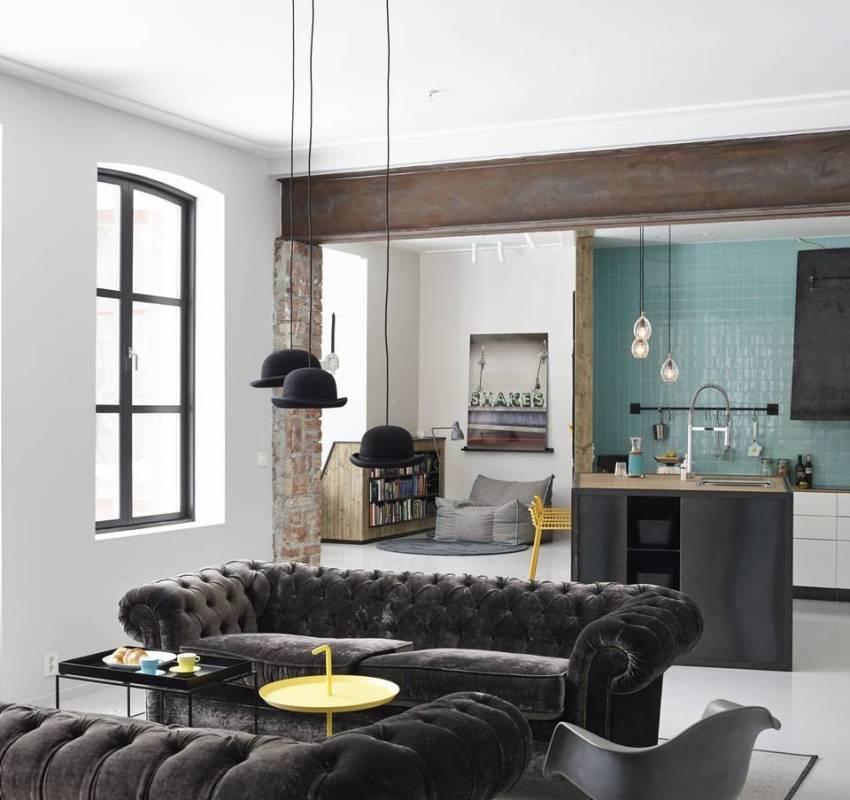
Plasterboard ceiling has sound insulation properties
Another important factor in favor of using plasterboard ceilings is their low cost. Thus, even with a small budget, you can create an original design.
Disadvantages of plasterboard ceilings
Despite all its advantages, plasterboard ceilings are not without certain disadvantages. Even moisture resistant drywall deforms when exposed to water. If the apartment is flooded by the neighbors from above, the ceiling will have to be completely replaced.
Helpful advice! You can increase the moisture resistance of the plasterboard ceiling in the kitchen using a powerful hood. It will minimize the harmful effects of steam and high humidity, as well as solve the problem with unpleasant odor and soot.
Installing a suspended ceiling means that the height of the room will decrease by at least 10 cm (and in the case of installing a multi-level structure, even more). For this reason, these ceilings are not always suitable for kitchens with low ceilings.

Two-tier suspended ceiling from drywall will reduce the height of the kitchen by at least 10 cm
Drywall is not durable. Over time, it loses its original color and shape, and it will have to be dismantled.
Plasterboard ceilings should be used with caution for kitchens in new buildings, as cracks may appear in it due to shrinkage.
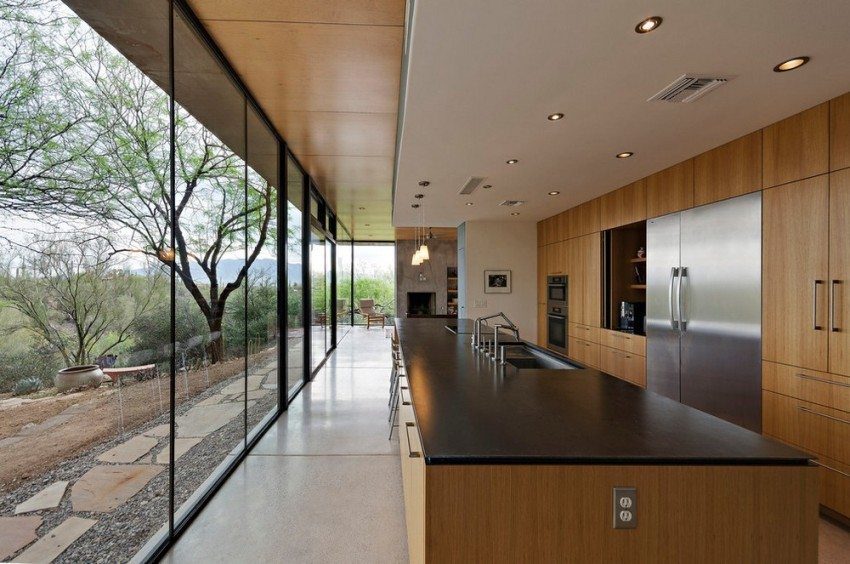
IN kitchen decoration used drywall and wood panels
Plasterboard ceilings for the kitchen, photos and views
Depending on the installation technology, there are suspended and hemmed ceilings. The metal frame is attached to the ceiling slab using hangers - rods or brackets. Plasterboard sheets are attached to this frame. The size of the hangers sets the thickness of the entire structure. In this space, communications, wiring for lighting fixtures and ventilation pipes are hidden.
Plasterboard suspended ceilings are modular and solid. In the first case, modules made at the factory are used in the form of slats, tiles or cassettes, in the second - solid plasterboard sheets.
The big advantage of modular ceilings is the ability to replace a single module, and not the entire structure in case of deformation, as well as free access to hidden communications. Continuous suspended ceilings are designed to hide imperfections and irregularities in the floor, when it is impossible to do this with a leveling mortar.
Suspended ceilings allow the use of recessed lights, giving any kitchen a modern look and allowing space to be divided into functional areas.
For the installation of a false ceiling, a metal or wooden frame is used, which is attached directly to the ceiling plate. Thus, a special rigidity and strength is imparted to the frame. Plasterboard sheets are attached to it, which are then primed and putty. At the final stage, painting or wallpapering the surface.
Helpful advice! False ceilings allow you to transform a room without reducing its height too much. They are suitable for small kitchens, which are often found in Khrushchevs.
Photo of the design of plasterboard ceilings for the kitchen and installation tips
There are several types of suspended ceilings for the kitchen:
- single-level;
- two-level;
- multilevel.
It is easy to install it yourself. In order to install a plasterboard ceiling in the kitchen with your own hands (photo and video examples of individual stages of installation work can be found on the Internet) you need:
- mark the height point of the future ceiling;
- with a marker thread and a building level, measure the perimeter of the future structure from drywall sheets;
- fix the profiles with dowels and mounting plates;
- fix plasterboard sheets with screws with a distance of at least 20 cm between them;
- putty the joints, after pasting the seams with a serpentine;
- apply a topcoat.
All these works do not require specific skills, but it is most effective to carry them out with a partner.
The best choice for single-level ceilings is considered to be paints that give the surface a glossy sheen. This type of false ceiling will give more personality to the kitchen design paintingapplied with stencils.
It is interesting! A special effect can be achieved using the so-called volumetric painting, which is applied with pencils and liquid paper. You can learn more about the technology for creating such a design on numerous videos on the Internet.
Two-level plasterboard ceilings for the kitchen are widespread (photos in magazines and on the Internet clearly demonstrate their amazing aesthetics). Not too pretentious or difficult to install, they provide a huge selection of options for every taste. These can be smooth abstract lines, clear geometric shapes (ovals, rectangles, circles) or combined ceilings that combine the simplicity of drywall and the beauty of stretch canvases.
For spacious kitchens, multi-level plasterboard ceilings will be the best solution. They will allow you to solve several problems at once: to zone the space, rationally using its entire area, to provide competent lighting of the kitchen and especially the working area with the help of illumination. The installation of such a ceiling (as well as hoods, lighting systems, plaster elements that are often used to decorate them) will require the services of a specialist, but in this case even the most bizarre structure will be installed no longer than a week.
General recommendations for the design of ceilings in the kitchen with photo examples
The shape of the suspended two- or multi-level ceiling helps to visually smooth out the imperfections of the room. The rectangle will allow you to draw out a square kitchen. Oval curly plasterboard ceilings in the kitchen (photos are presented on specialized sites) are suitable for spacious rooms, and square ones for narrow ones.
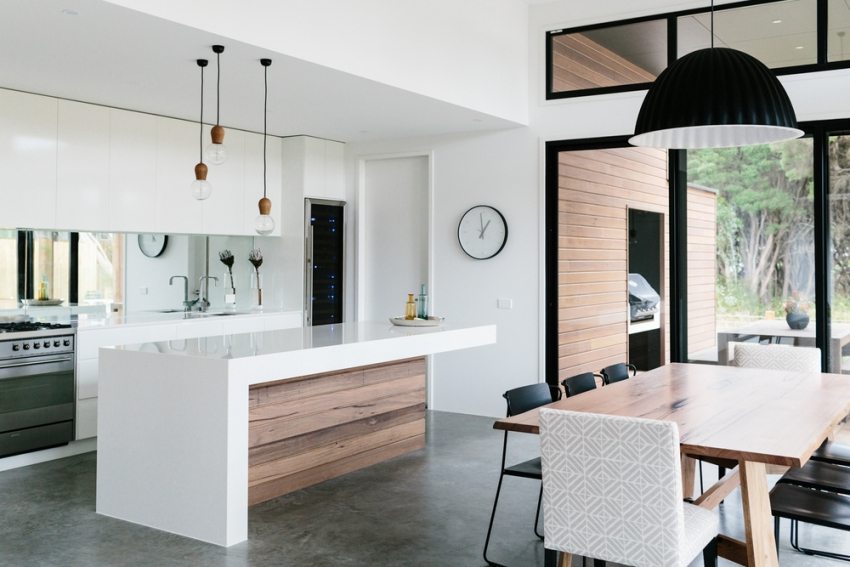
The working area of the kitchen is visually separated by a three-dimensional structure made of gypsum plasterboard
In rooms with low ceilings, layering, weighting plaster decorative elements, and a large pattern should be avoided.
It is very important to correctly install the lighting fixtures, as well as to correctly determine their brightness. The work area should be well lit, but calm diffused lighting would be more appropriate above the dining table.
As you can see in the photo of kitchen ceilings in magazines, matte surfaces look great in the interior. in classic style, and glossy ones - in a modern interior.
A large selection of videos and photos of beautiful plasterboard kitchen ceilings is presented on the Internet.If you take a little time to find an idea and design, you can create a truly original, sophisticated and unique hanging structure in your kitchen.
